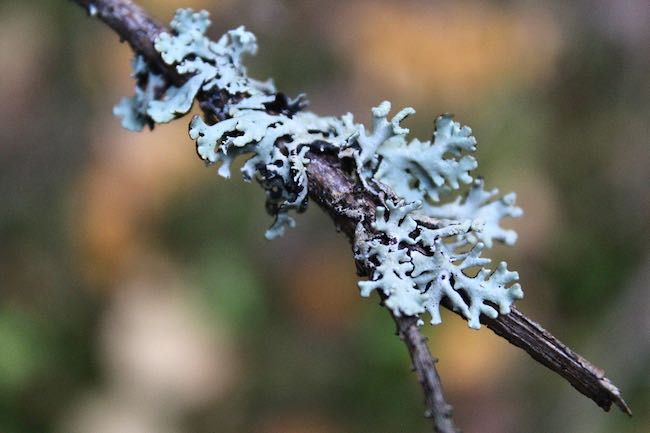Lichens can be an indicator of clean air


Lots of gardeners ask the GardenAdvice experts if lichens are harming the plants growing in there gardens as lichens have started to grow on the stems
Lichens are often used as indicators of air quality because they are sensitive to pollutants such as sulfur dioxide, nitrogen oxides, and heavy metals. In areas with clean, pollution-free air, a diverse community of lichens can thrive. In contrast, in areas with poor air quality, lichen diversity is often reduced and certain sensitive species may be absent. This is because lichens are not only sensitive to pollutants but also to the acidity of the air.
However, it’s important to note that not all lichens are equally sensitive to pollutants, and the presence or absence of a particular species of lichen does not necessarily indicate the overall air quality of an area. Therefore, lichens should be used as one of many indicators to assess the overall air quality.
Lichens are a symbiotic organism composed of a fungus and an alga or a cyanobacterium living together. The fungus provides structure and protection for the photosynthetic partner, while the photosynthetic partner provides food for both organisms through photosynthesis. Lichens can be found in a wide range of habitats, including on rocks, trees, and soil. They come in a variety of forms and colors and play important ecological roles, such as helping to break down rock and providing food for wildlife




















